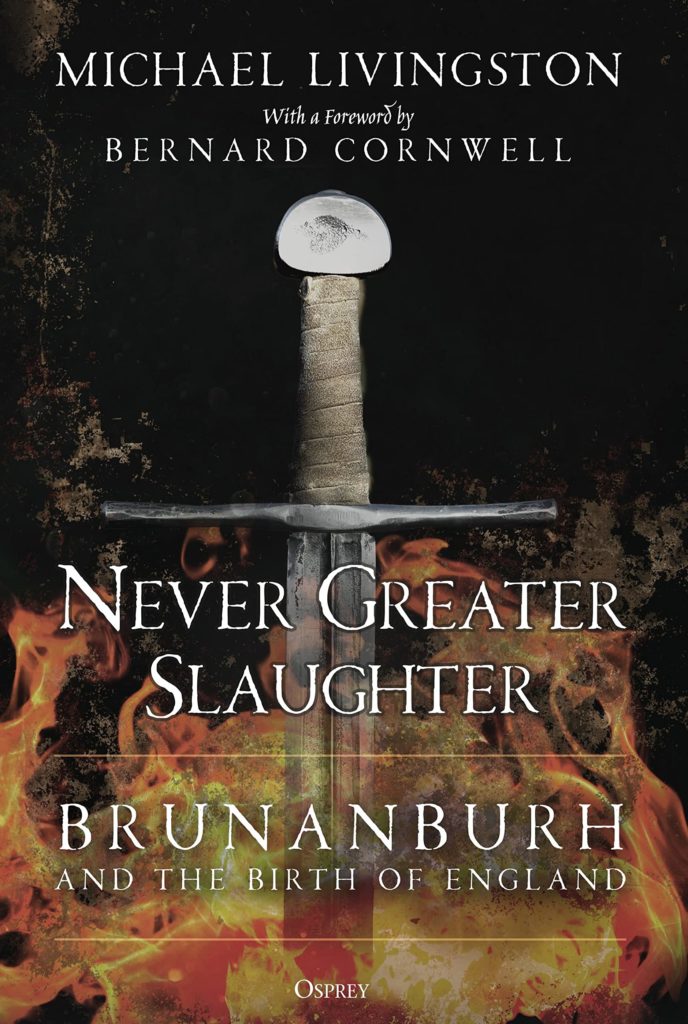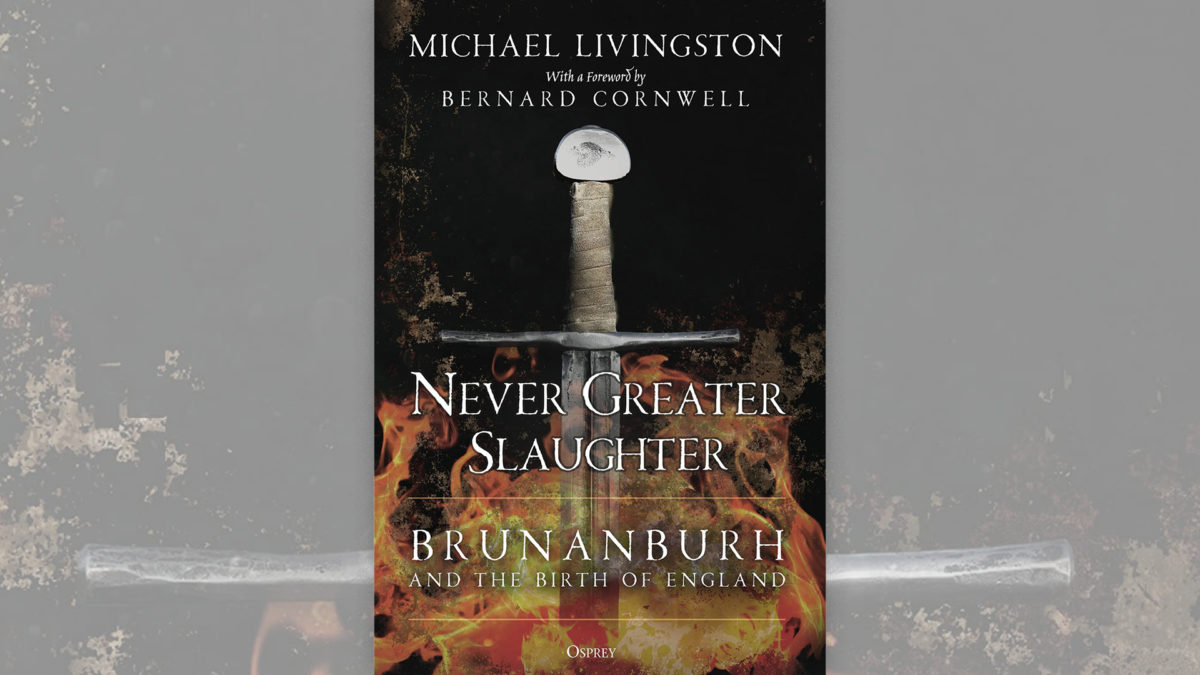Building on his groundbreaking 2011 book The Battle of Brunanburh: A Case Study, and supported by the local Wirral Archaeology group, American historian Michael Livingston makes his case for the location at Bromborough, north of Chester, England, of this highly significant, if near mythical, 937 battle amid the Viking invasions. In his foreword Bernard Cornwell, bestselling author of the celebrated Last Kingdom novels, which culminate at Brunanburh, deems the battle as foundational to England as Yorktown was to America. He also finds it ironic an American has emerged as the foremost interpreter of “England’s battle”—or in Livingston’s words, “England’s bloody day of coming of age.”
Livingston argues against using the term “Dark Ages,” saying it reflects more on our ignorance than on those who lived in that era. While conceding the culture shock, especially to churches, that attended the arrival of Viking raiders and invaders, he challenges other long-held beliefs about Viking culture. For example, he questions whether a method of ritual execution recorded in period poetry as the “blood eagle” was authentic or merely a literary invention. He also disputes the story that Englishmen threw defeated Viking leader Ragnar Lodbrok into a snake pit, an act that reportedly precipitated the 865 arrival of the vengeful “Great Heathen Army.” This Scandinavian horde overran all but the “last kingdom” of Wessex, whose priestly but combative monarch, Alfred the Great, set the stage for his warrior grandson Athelstan’s heroic stand at Brunanburh.
Livingston employed “conflict analysis”—including archaeology, multisource verification and knowledge of period warfare, as well as following known roads and walking potential battle sites—to determine if there was a major battle (involving some 10,000 men on either side) at Bromborough. The Battle of Brunanburh pitted an unlikely alliance of Vikings from Ireland, Scots and Britons of Strathclyde against Athelstan, whose success was described in the near contemporary Anglo-Saxon Chronicle as an unprecedented slaughter. The victory effectively left him first king of all England.
Livingston’s research is supported by endnotes, an index, maps and an appendix of alternative battle sites, as well as 34 color photos of relevant sites, artifacts and historic documents. His book will likely become the standard on the topic.
This review appeared in the Autumn 2022 issue of Military History magazine.

Never Greater Slaughter
Brunanburh and the Birth of England
By Michael Livingston
This post contains affiliate links. If you buy something through our site, we might earn a commission.

